detail profile lydia mancinelli
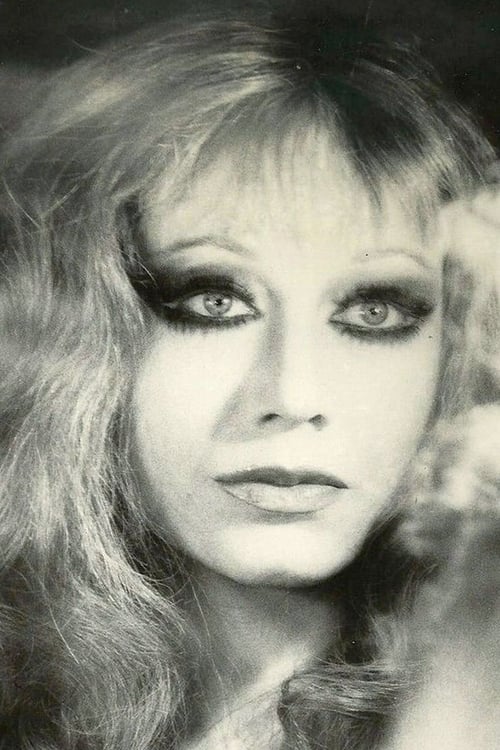
Lydia Mancinelli
Lidia Mancinelli
atau dikenal sebagai
Peran Yang Di Mainkan Lydia Mancinelli
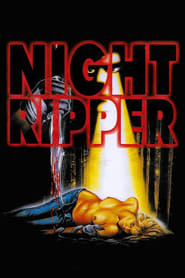 A string of sex murders has...
A string of sex murders has...Night Ripper 1986
A string of sex murders has been plaguing Florence for almost 15 years, in which a serial killer brutally murders couples who are sneaking "a quickie" in public areas. A writer who is doing research for a book about the crimes sets out to uncover the identity of the killer, aided by his beautiful girlfriend. Based on a true story.
 Riccardo III is a theatre play...
Riccardo III is a theatre play...Riccardo III 1981
Riccardo III is a theatre play staged in 1977 and also edited for television and aired in 1981, which Carmelo Bene dedicated to his friend Gilles Deleuze, who wrote a book about it before even seeing it. Bene strips down the original Shakespeare play to the core, rejecting plot and characters, leaving on stage only Riccardo III and his ghosts, the female characters. The TV version is characterized by an exstensive use of close-ups and strong light contrast.
 The Prince of Denmark Hamlet is...
The Prince of Denmark Hamlet is...One Hamlet Less 1973
The Prince of Denmark, Hamlet, is little interested in family affairs and the fate of the kingdom, and not at all attracted by a doll-like Ophelia sucking his finger. Annoyed by his friend Horatio, who tells him of the apparition of his father's spectre that would like to drive him to revenge, and by Polonius, Ophelia's father, who psychoanalyses him by explaining the Oedipus complex, he imagines escaping to Paris with Kate, the leading actress of the company performing in Elsinore, to become a playwright.
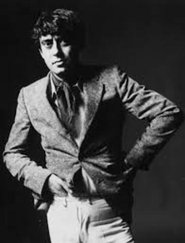 Adapted from the ninth chapter of...
Adapted from the ninth chapter of...Ventriloquio 1973
Adapted from the ninth chapter of the novel "Controcorrente" (1884) by Joris Karl Huysmans. Its narrative concentrates almost entirely on its principal character and is mostly a catalogue of the tastes and inner life of Jean des Esseintes, an eccentric, reclusive aesthete and antihero who loathes 19th-century bourgeois society and tries to retreat into an ideal artistic world of his own creation.
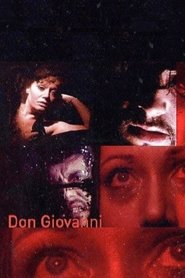 In this a baroque and claustrophobic...
In this a baroque and claustrophobic...Don Giovanni 1970
In this a baroque and claustrophobic take on Mozart’s opera of the same name, Don Giovanni tries to seduce a girl who is manically searching for Christian icons. Loosely based on Jules Barbey d'Aurevilly's short story "The Greatest Love of Don Juan".
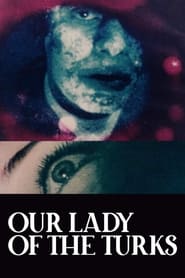 To the protagonist an intellectual so...
To the protagonist an intellectual so...Our Lady of the Turks 1968
To the protagonist, an intellectual so feverish that he seems pathologically unrecoverable, a confused memory resurfaces of a massacre carried out by the Turks in Otranto. Immersing himself in one of the victims, in the unconscious desire to eviscerate himself, a woman appears to him, Margherita, who, in the guise of Santa Maria d'Otranto, treats him with compassionate love. In the hallucinating succession of memories intertwined with historical events, the protagonist finds himself in contact with his environment, his land, his country.
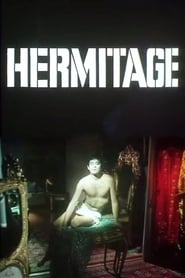 Hermitage defined by Bene as a...
Hermitage defined by Bene as a...Hermitage 1968
Hermitage, defined by Bene as "a rehearsal for lenses", beyond any literal rendition - its narrative trace comes from one of his anti-novels, Credito Italiano V.E.R.D.I - displays his immediate attitude to thinking a cinematic language completely based on actor's movements and actions, and more specifically, on his presence and his schemes. Camouflaged or naked, still or moving, his body seems to play and be played at the same time, shifted by objective and subjective tensions, both metaphorically and visually speaking.
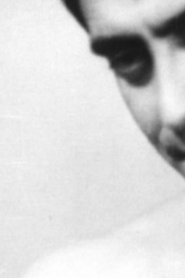 In 1966 Bene presented The Pink and...
In 1966 Bene presented The Pink and...Bis 1966
In 1966, Bene presented The Pink and the Black, his successful theatrical adaptation of Matthew Gregory Lewis’ lurid Gothic novel from 1796. Experimental filmmaker Paolo Brunatto filmed some of the play’s rehearsals in a Rome apartment (also frequented also by the Living Theatre). Bene's artistry is encapsulated in one sentence: “One cannot continue to prostitute the idea of theatre, which stands only for a magical, brutal link with reality."

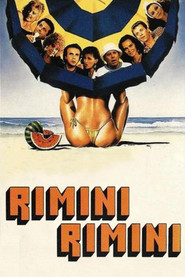 Funny entertaining comedy with a few...
Funny entertaining comedy with a few...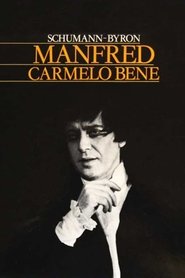 Drama by Lord George Byron music...
Drama by Lord George Byron music... An experimental video variation on Shakespeares...
An experimental video variation on Shakespeares...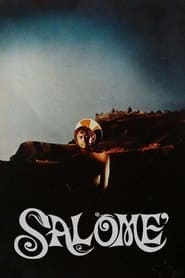 Salome is the daughter of the...
Salome is the daughter of the...